
Event Registration
Domna Kotsifaki
Plasmonic optical tweezers based on Metamaterial
Okinawa Institute of Science and Technology // Okinawa, Japan
Q&A Session III // Friday, October 30 // 8.15 am – 9 am (CET)

The ability to optical trap and manipulate small particles [1] using the forces of light has experienced intensive development in the past years. Conventional single-beam optical tweezers can trap and manipulate particles that are larger than the wavelength of the light source. For example, optical tweezers techniques enable, efficient multiple trapping [3], manipulating living cells or other biological specimens [4].
In such traps, a focused laser beam is used to exert gradient forces on a particle towards the focal point. However, conventional optical tweezers face challenges, for the trapping of nanoparticles because the optical gradient force scales with the particle volume [1]. Therefore, an upper limit to the maximum optical gradient force that can be applied to a nanoparticle of a given size, shape, and refractive index, for a given laser power exists. Furthermore, a lower bound on the focal spot size is set by the diffraction limit that determine the precision with which a nanoparticle can be trapped. Specifically, the trapped nanoparticle is localized to a region that is far larger than the particle itself. These limitations are prompting the researchers to look for alternatives to the convention techniques in order to capture and position nanoscale objects.
Over the past years, plasmonic nanostructures have attracted extensive interesting due to unique ability to manipulate the optical field at the nanoscale [5]. The field enhancement due to localized surface plasmons has opened up new possibilities for optical trapping at the nanometer scale. Based on this principle, a novel technique for optical manipulation has been developed which has been called plasmonic optical tweezers [5-8].
Here, we experimentally demonstrate plasmonic optical tweezers based on metamaterial device for nanoparticle trapping. We achieve optical trapping of 20 nm diameter polystyrene particles with incident trapping intensities (~ 0.80 mW/μm2) at off-resonant frequencies. A high trap stiffness enhancement factor of 60 was observed due to ultra-small mode volume contribution. These results enable precise nanoscale particle trapping and manipulation without damaging due to the phototoxic heating effect.
References
[1]A. Ashkin, Optical trapping and manipulation of neutral particles using lasers, Proc. Nation. Acad. Sc. 94(10):4853-4860(1997).
[2]D.G. Kotsifaki, M. Makropoulou and A.A. Serafetinides, Efficient and low cost multiple optical trap, based on interference, Optik 124(7):617-621(2013).
[3]A. Ashkin and J.M. Dziedzic, Optical trapping and manipulation of viruses and bacteria, Science 235(4795):1517-1520(1987).
[4]A. Ashkin, J.M. Dziedzic, J.E. Bjorkholm and S. Chu, Observation of a single-beam gradient force optical trap for dielectric particles, Opt. Lett. 11(5):288-290(1986).
[5]D.G Kotsifaki and S. Nic Chormaic, Plasmonic optical tweezers based on nanostructures: fundamentals, advanced and prospects, Nanophotonics 8(7):1227-1245(2019).
[6]D.G. Kotsifaki, M. Makropoulou and A.A. Serafetinides, Nanometric plasmonic optical trapping on gold nanostructures, Eur. Phys. J. Appl. Phys. 86:30501(2019).
[7] T.D. Bouloumis, D.G. Kotsifaki, X. Han, S. Nic Chormaic and V.G. Truong, Fast and Efficient Nanoparticle Trapping using Plasmonic Connected Nanoring Apertures, Nanotechnology, https://doi.org/10.1088/1361-6528/abbca9 (2020).
[8] D.G. Kotsifaki, V.G. Truong and S. Nic Chormaic, Fano-resonant, asymmetric, metamaterial-assisted tweezers for single nanoparticle trapping, Nano Letters 20(5):3388-3395 (2020).









